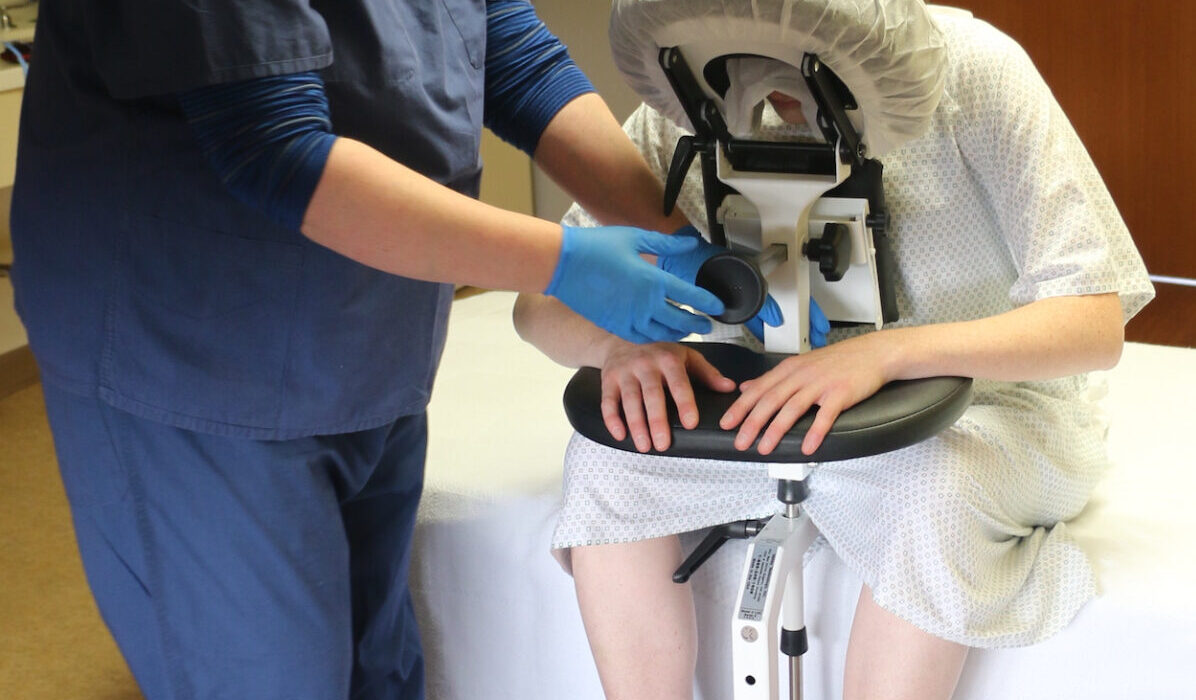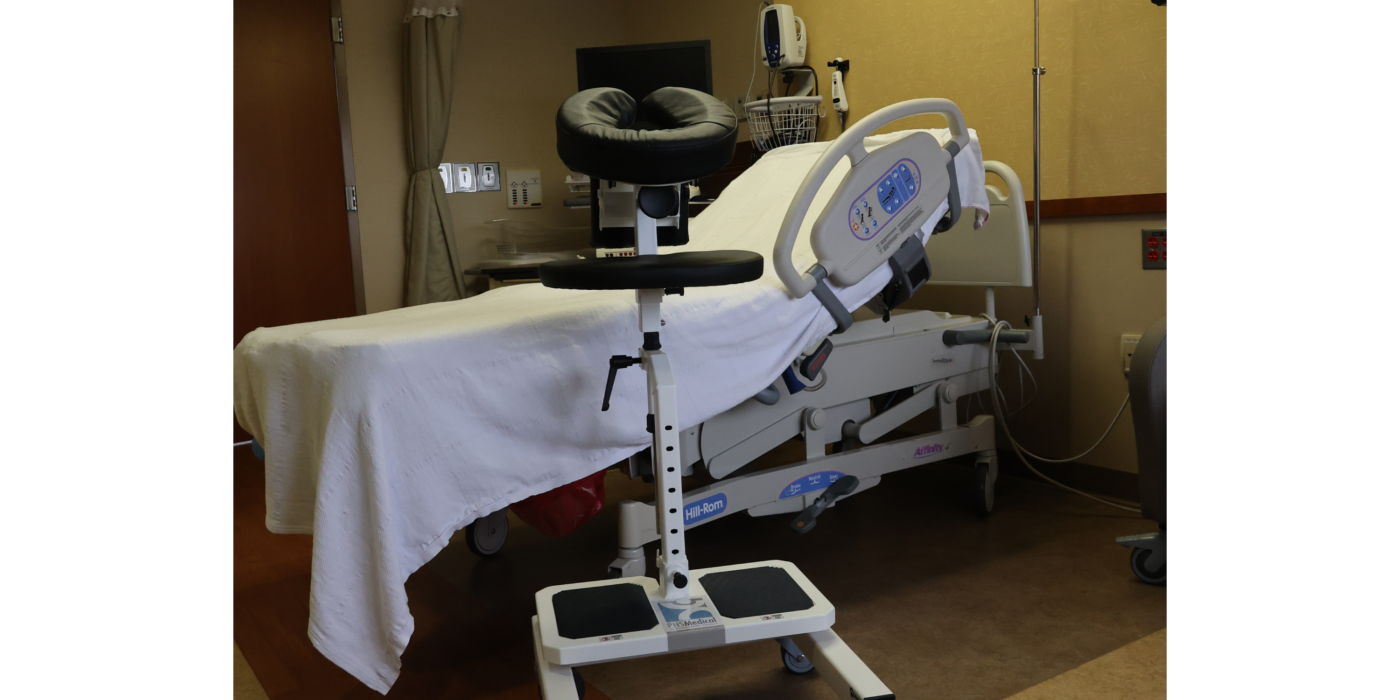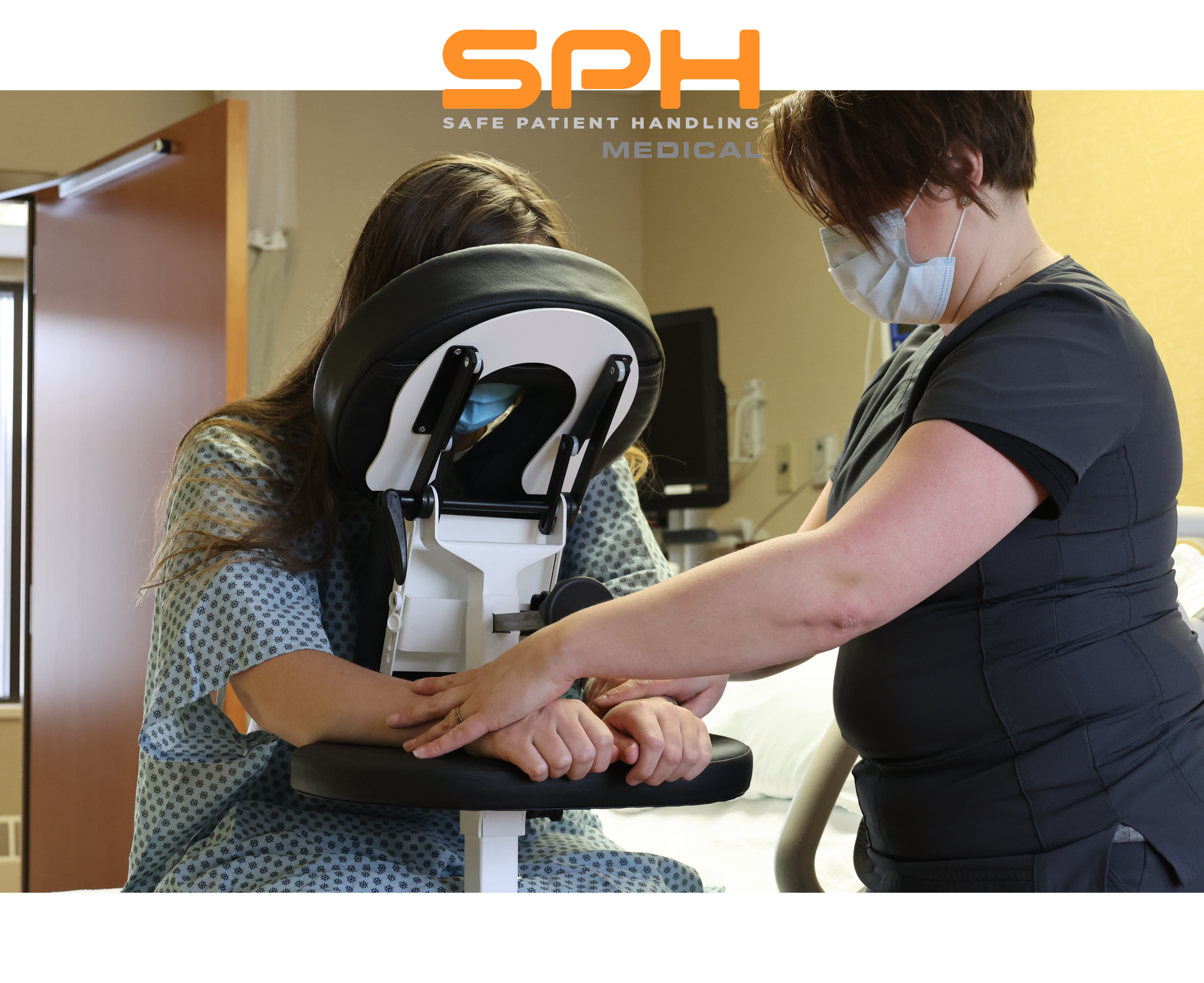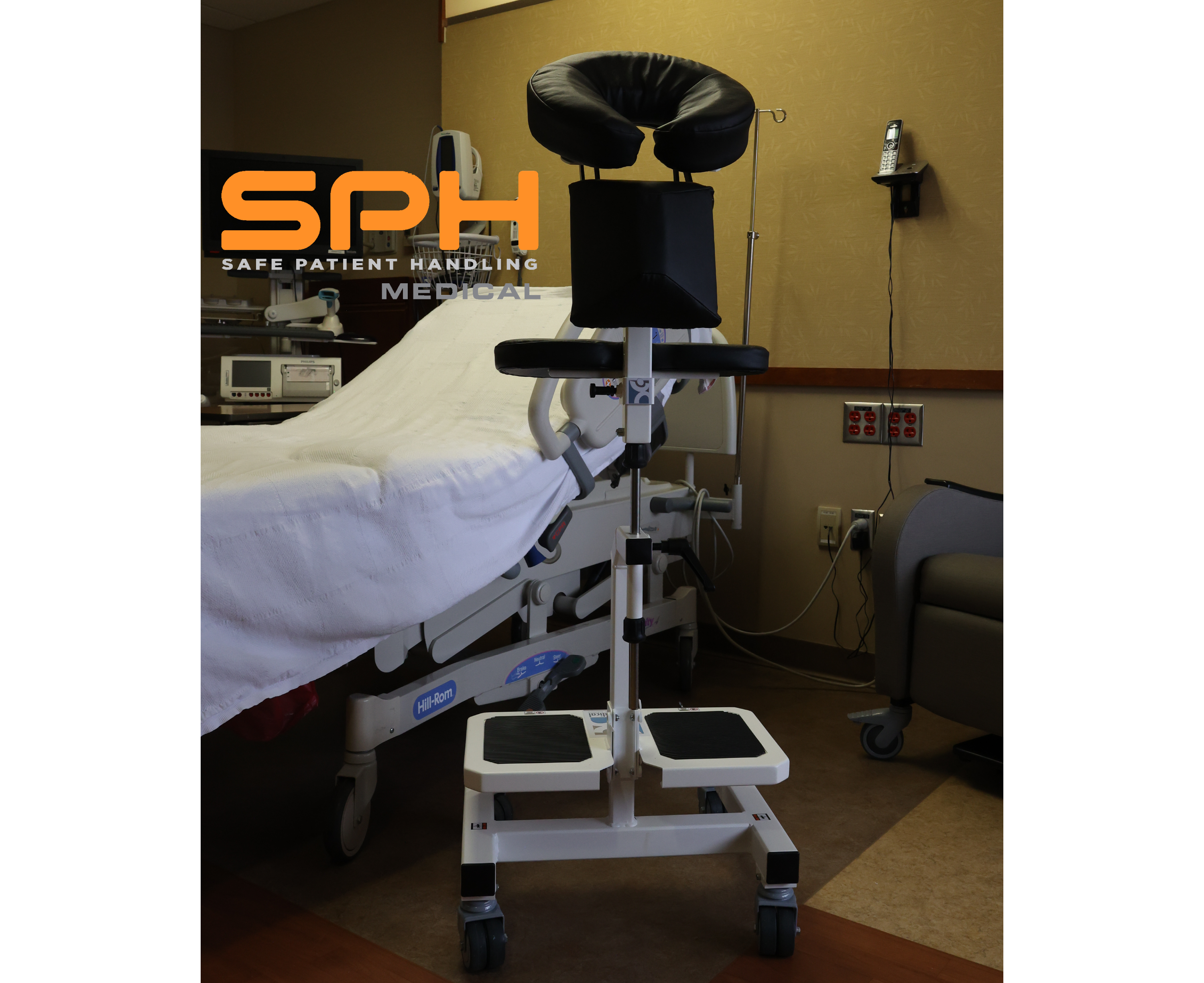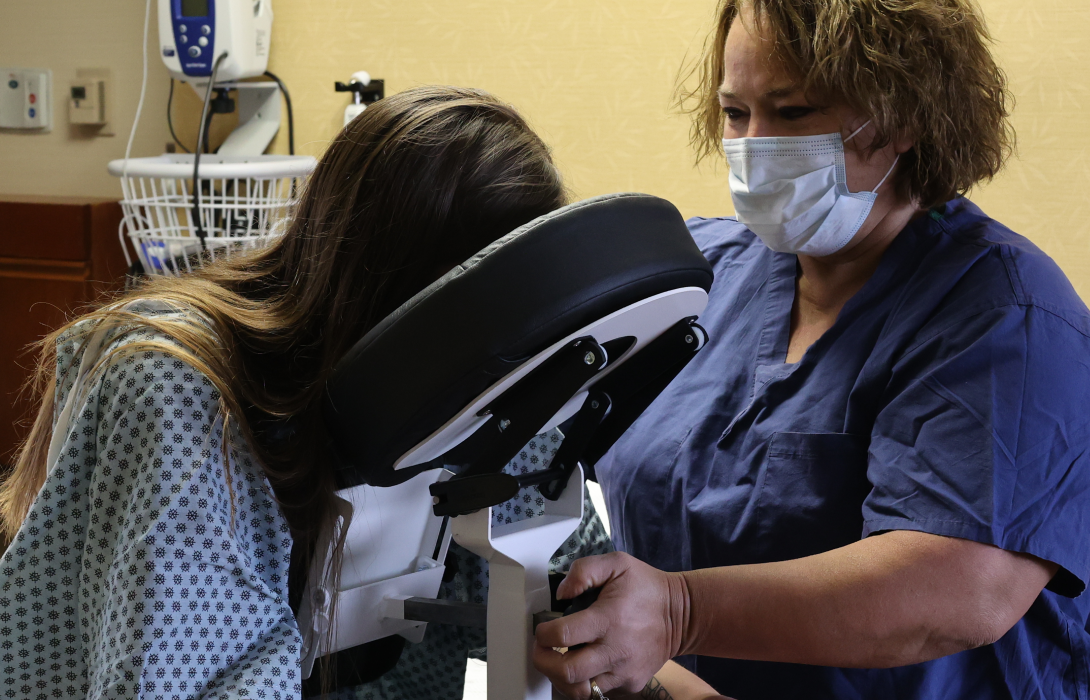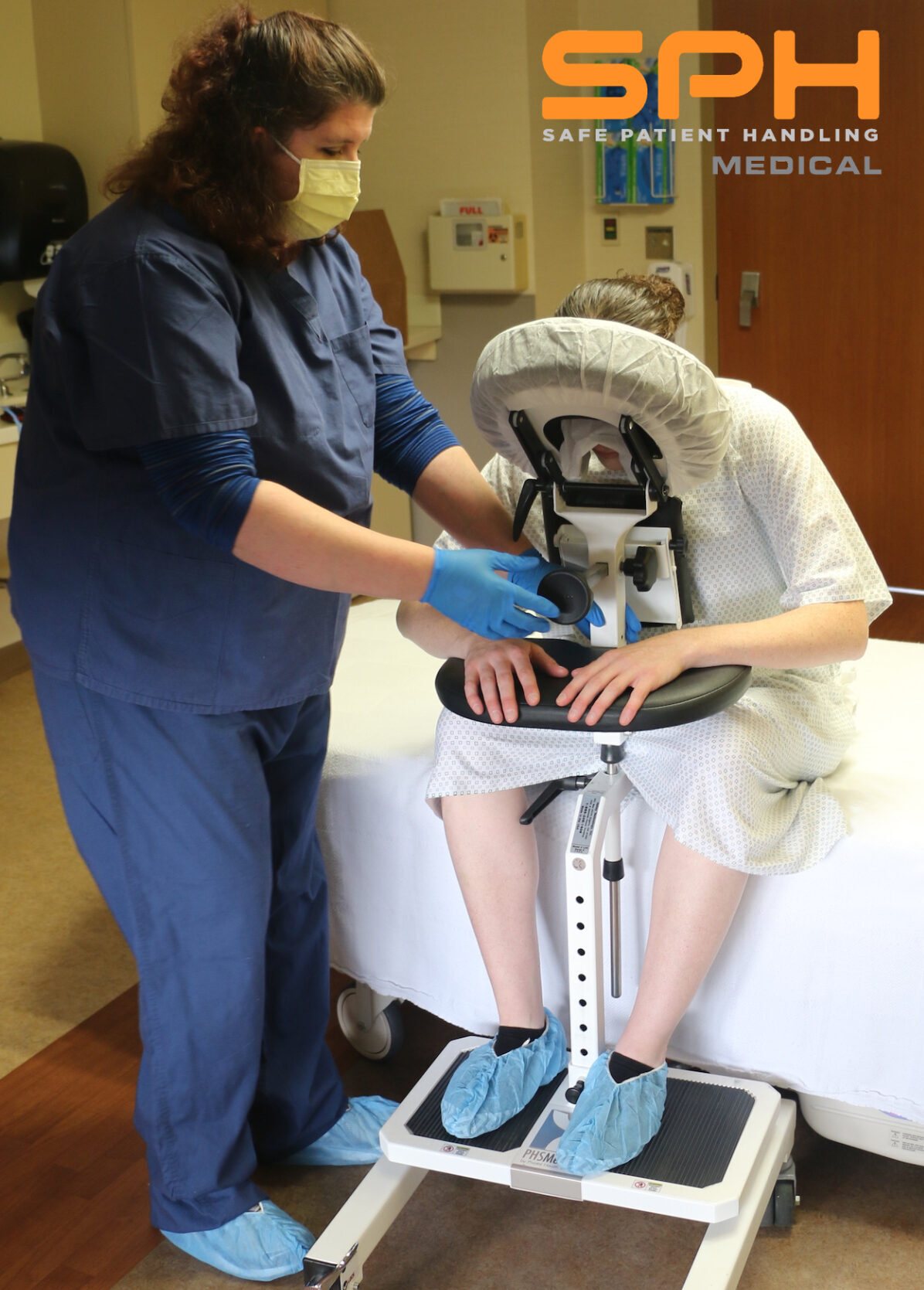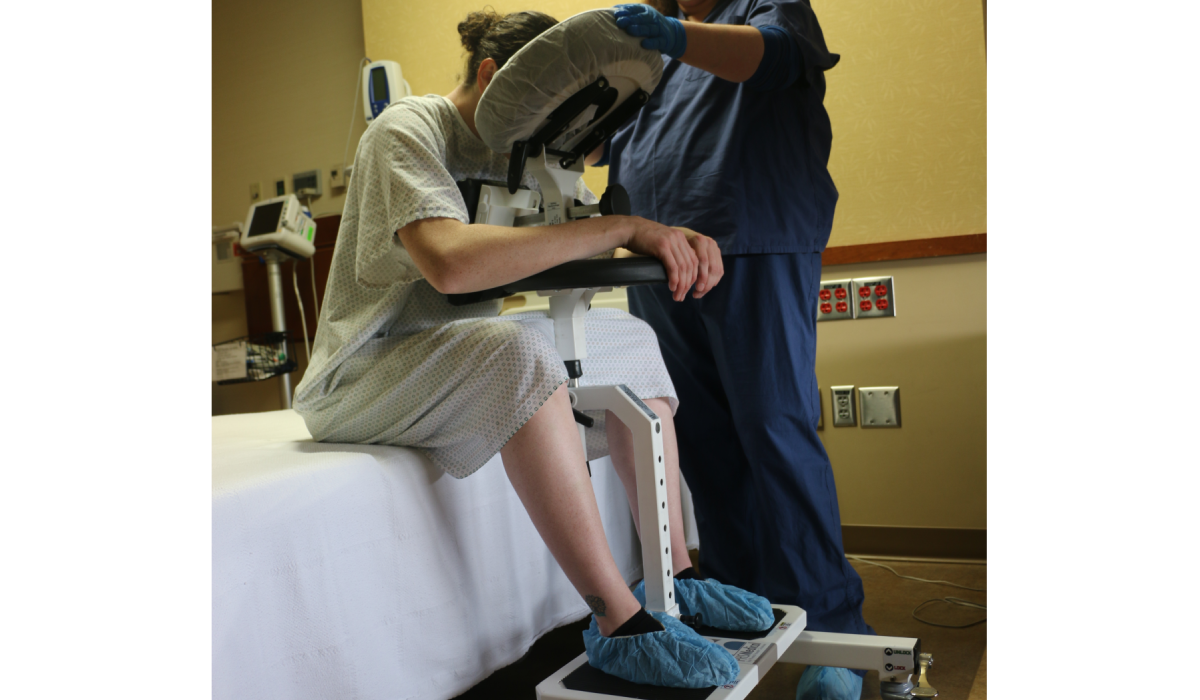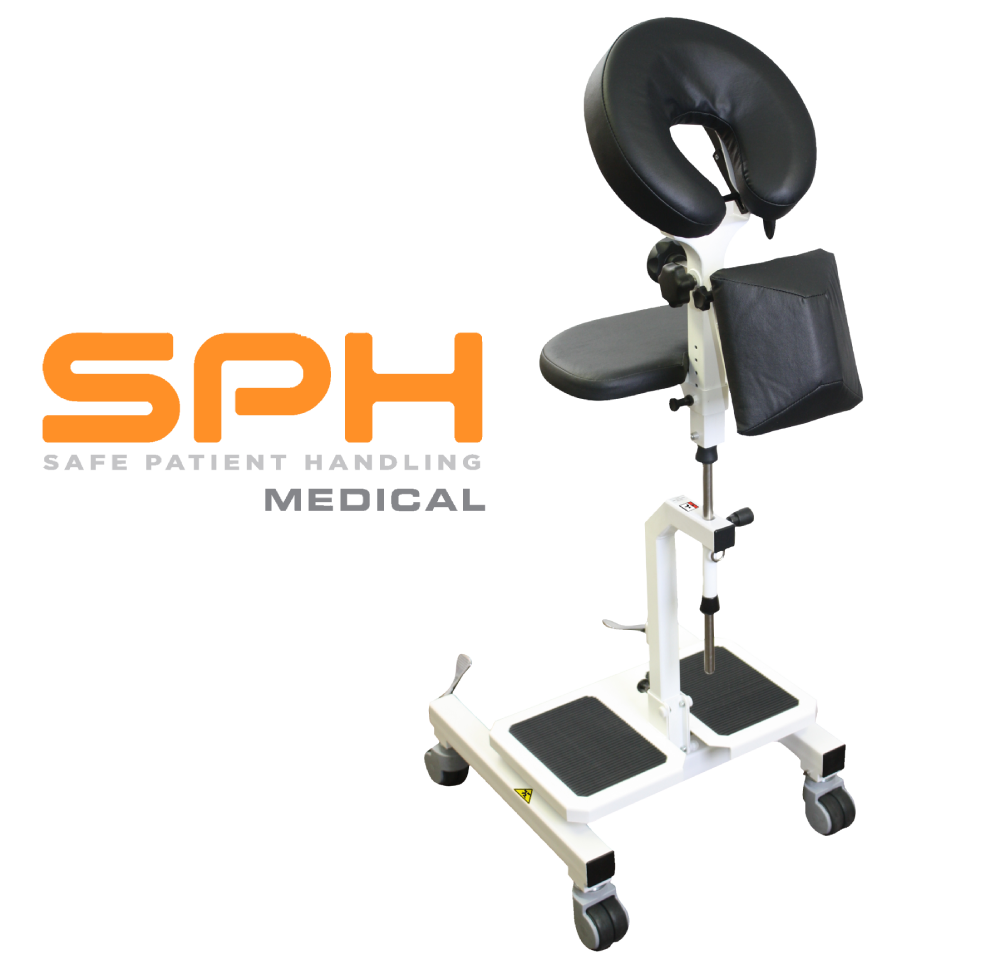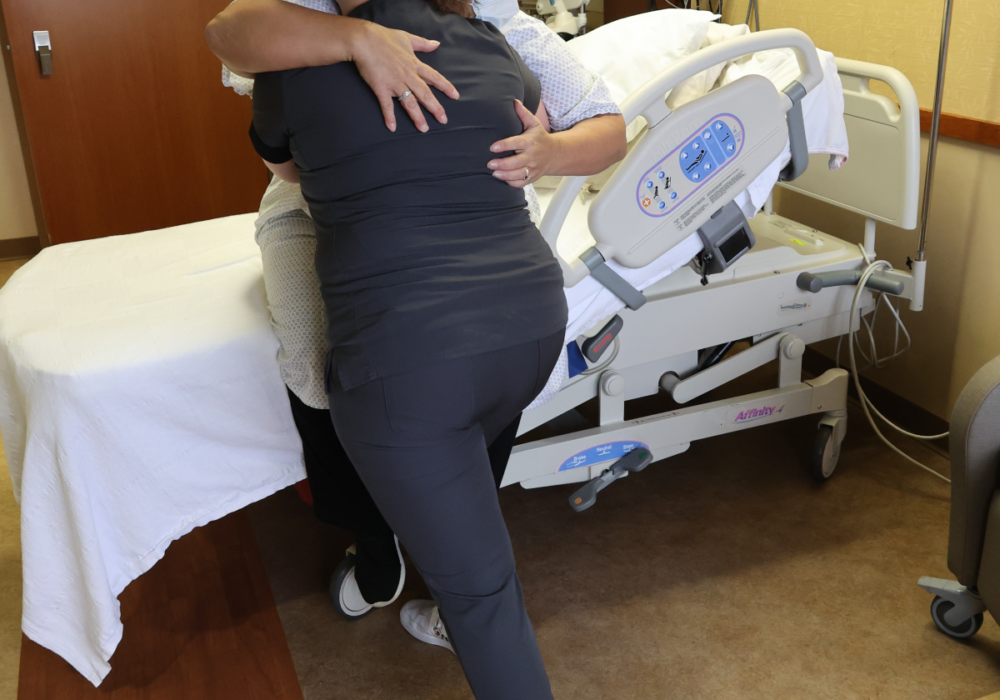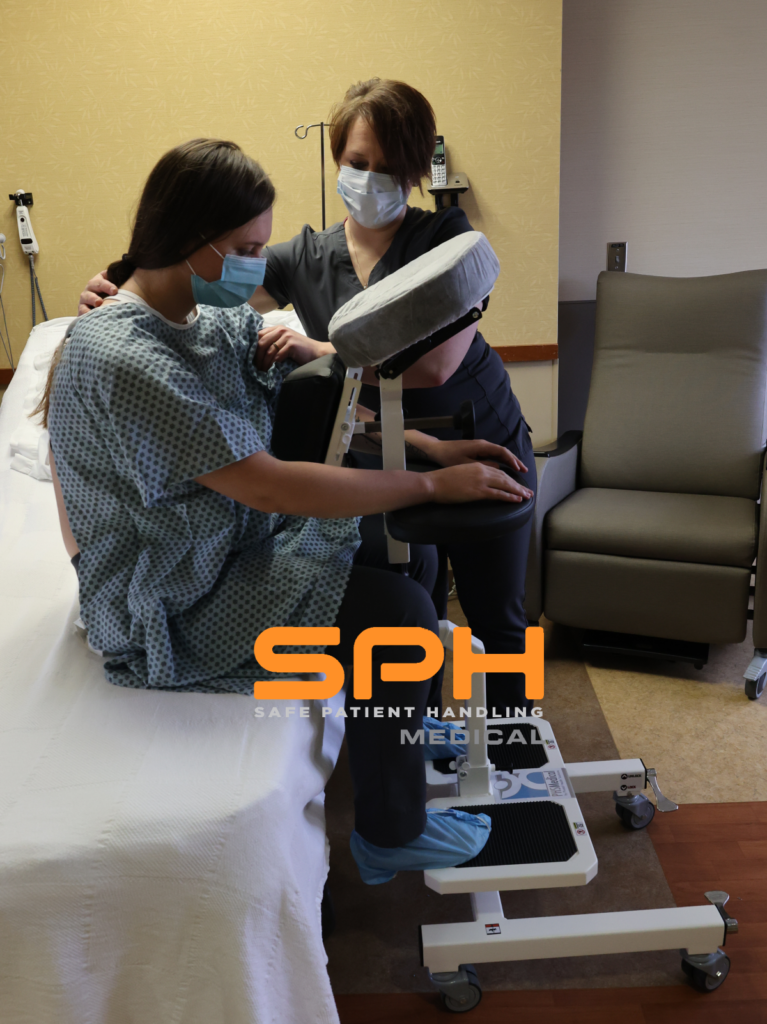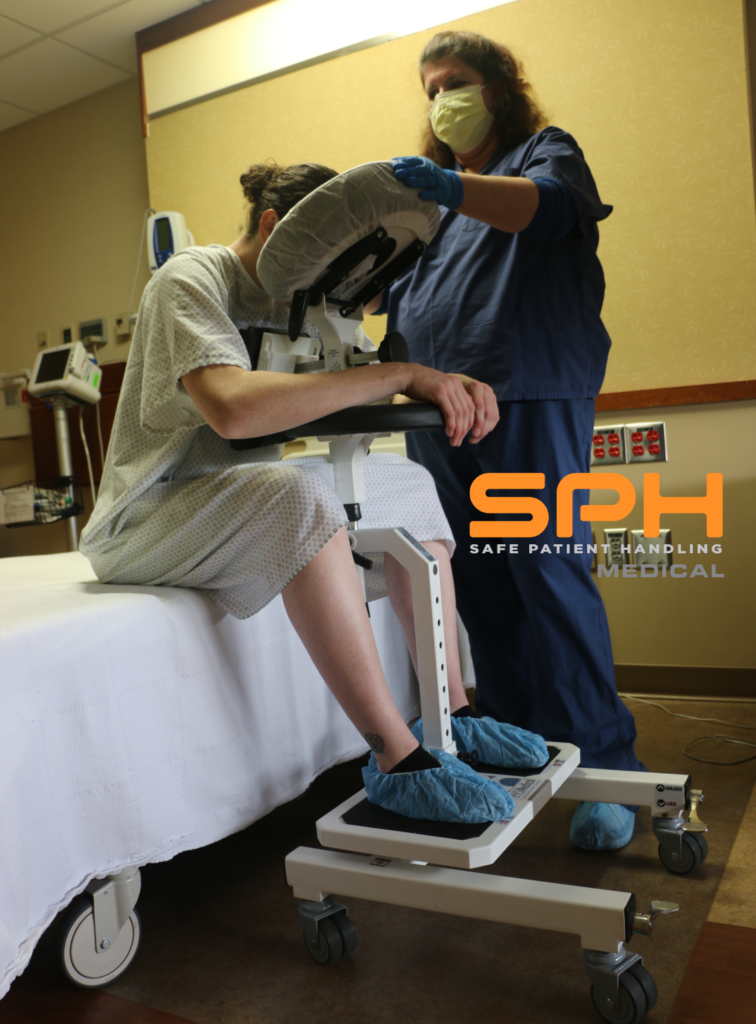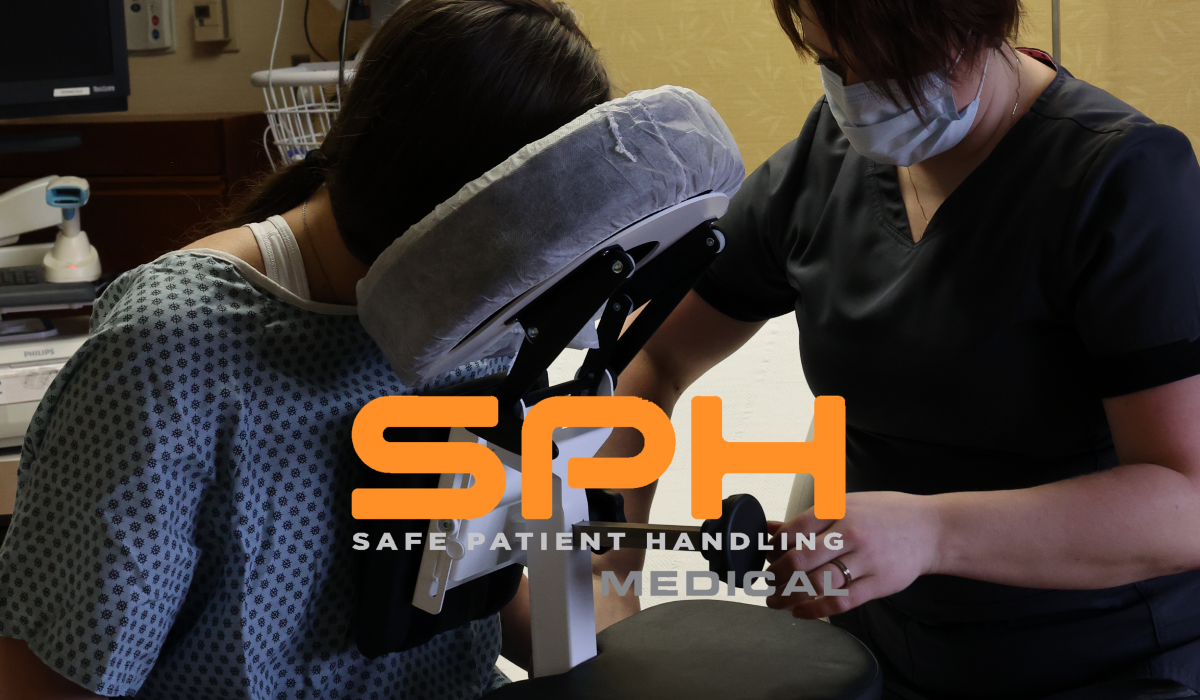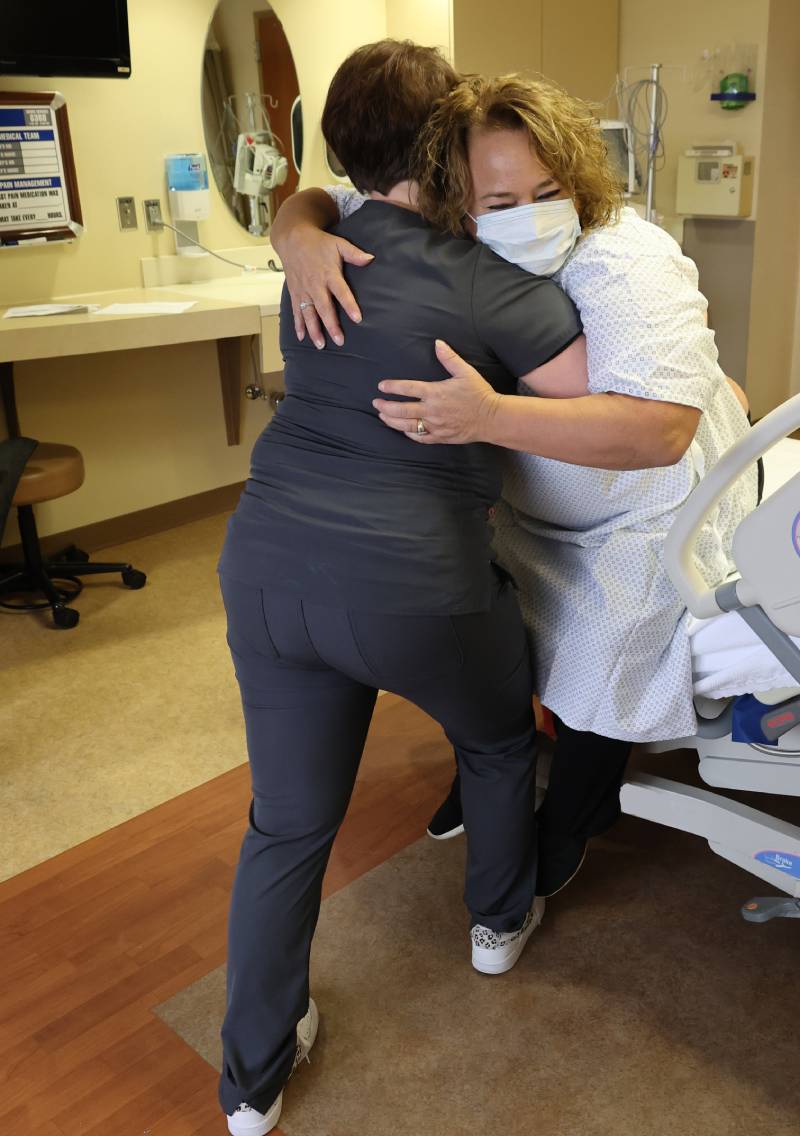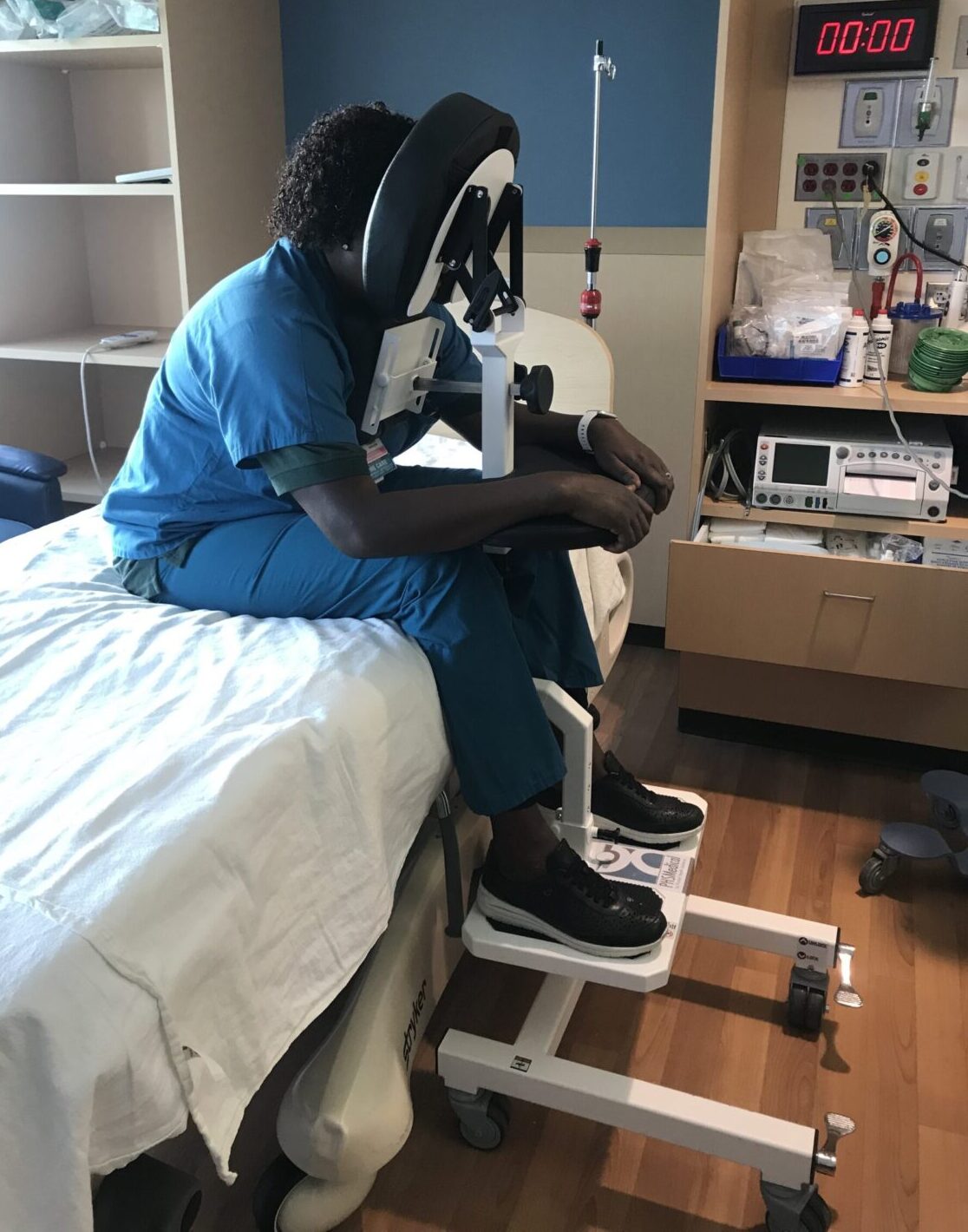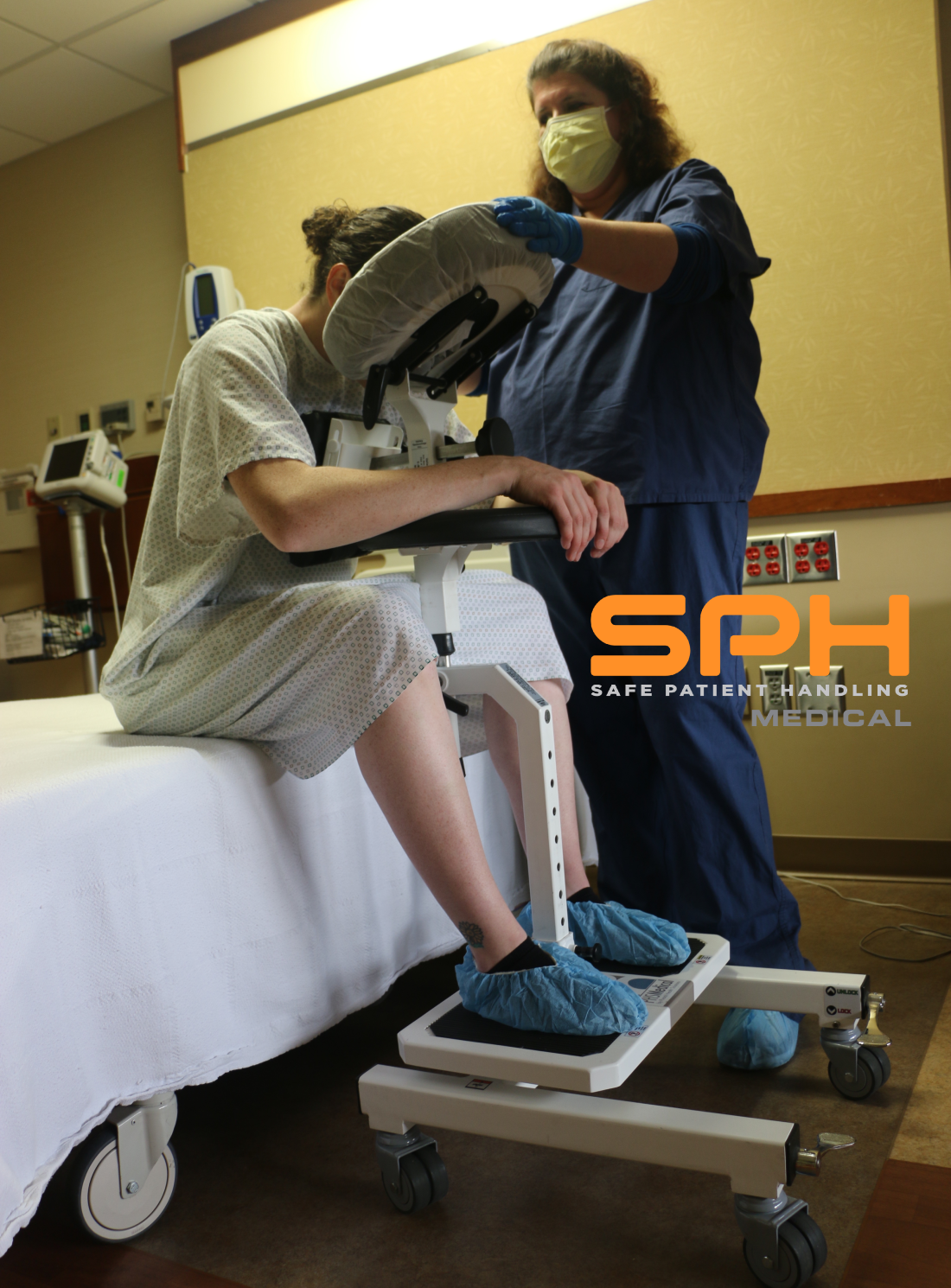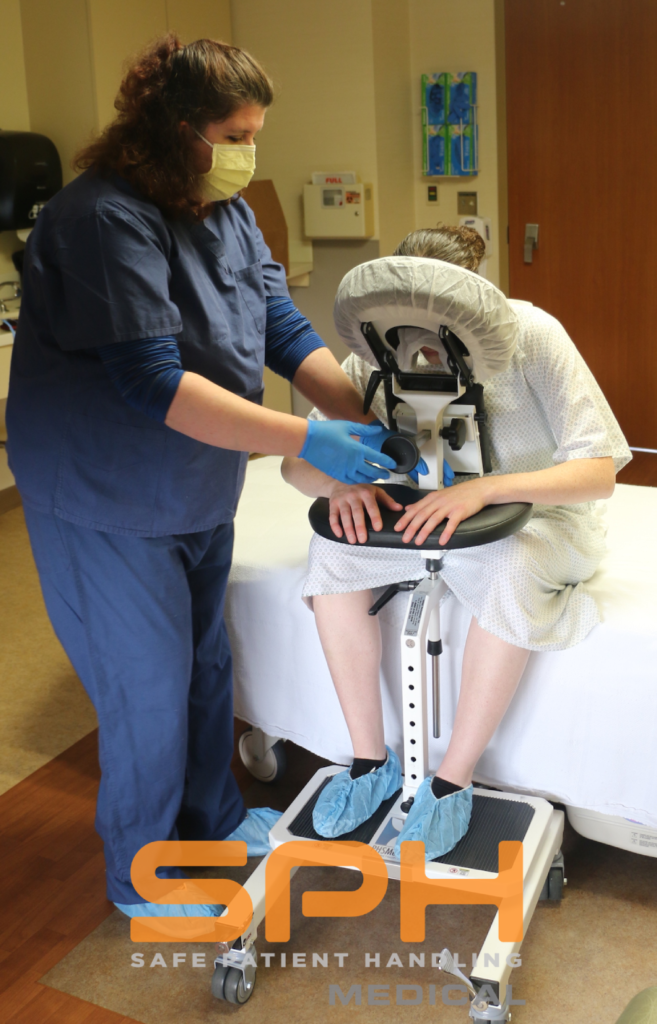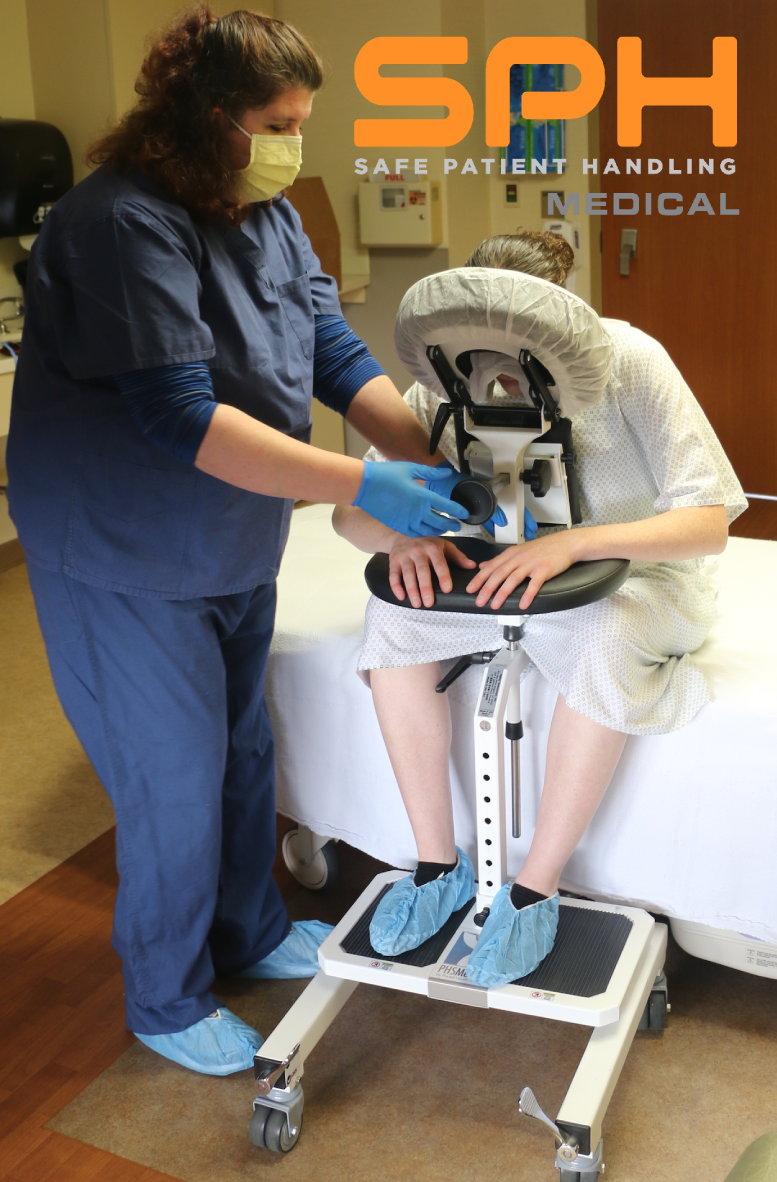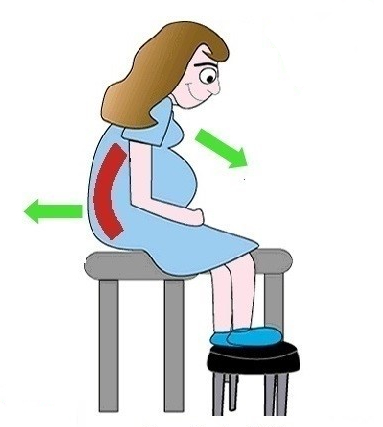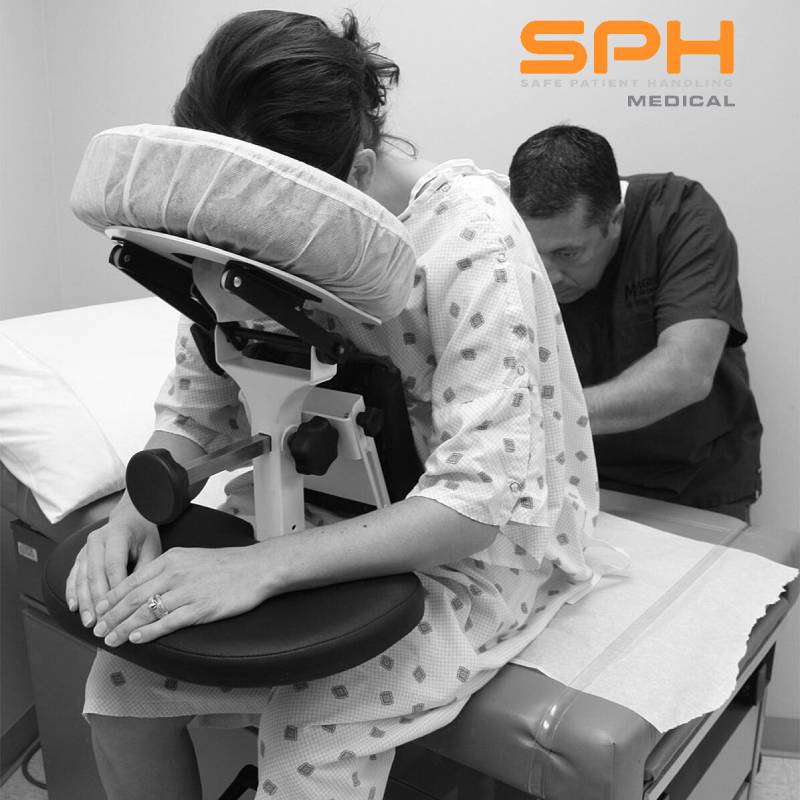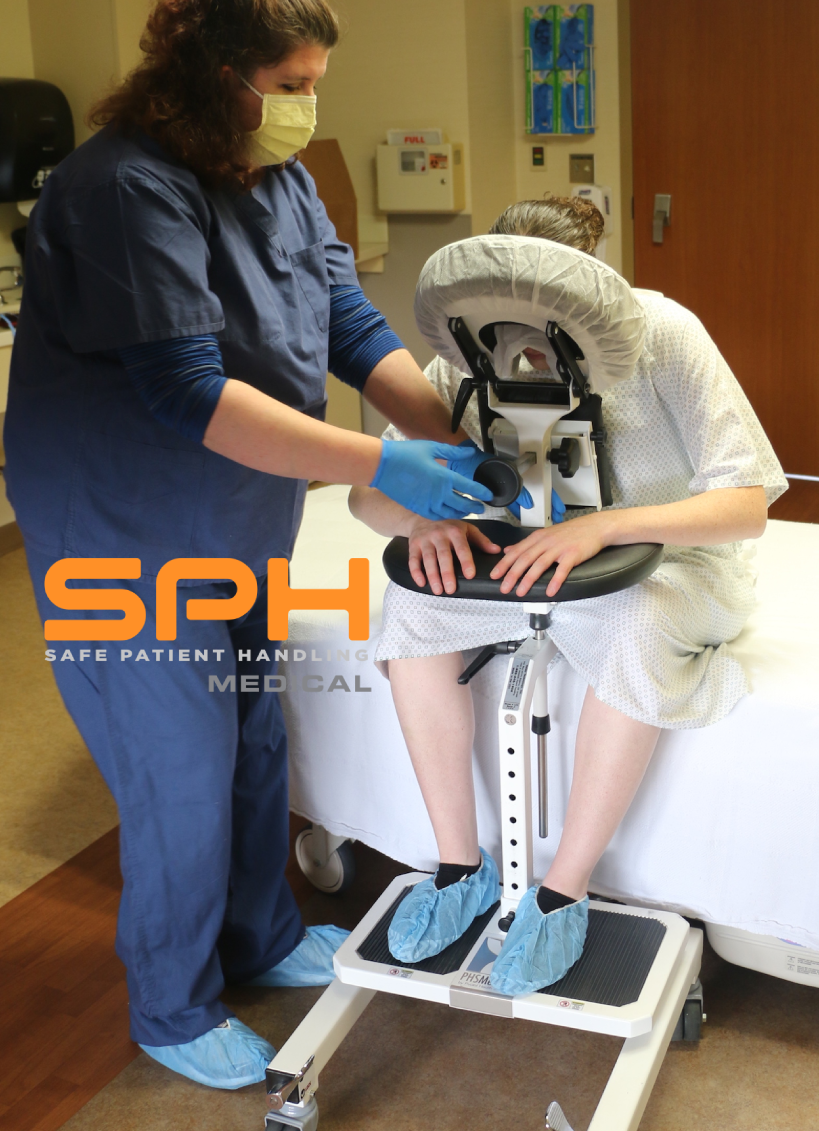In hospitals today, patient comfort and safety during medical procedures are of utmost importance. Ensuring that patients feel secure and at ease can significantly impact their overall experience and satisfaction levels. The SPH Medical Epidural Positioning Device, commonly known as the Epidural Chair, is an innovative solution designed to enhance patient satisfaction, improve staff safety, and boost operational efficiency in medical facilities.
Improving Staff Safety With The Epidural Chair
Healthcare workers, including nurses and imaging technicians, face high risks of musculoskeletal injuries while supporting patients during procedures like epidurals, spinal blocks, and thoracentesis. The physical demands of these tasks often lead to significant strain and injury. The Epidural Chair addresses this issue by reducing the need for manual support, thus minimizing the risk of injury. Studies have shown that ergonomic positioning devices like the EPD can lower injury rates among healthcare staff by as much as 20%, according to research from leading occupational health experts.
Measurable Patient Satisfaction
The Epidural Chair is specifically designed to improve patient experience by providing a secure and comfortable platform during procedures. Its ergonomic design ensures that patients are positioned correctly and comfortably, reducing anxiety and enhancing their sense of safety. Feedback from patients who have undergone procedures using the EPD indicates a marked increase in comfort levels, which correlates with higher satisfaction scores. Healthcare providers have noted that the EPD’s adjustability accommodates various patient needs, offering a personalized experience that enhances overall satisfaction.
Improve Workflows
Operational efficiency is crucial in healthcare environments where time management and patient throughput directly impact facility performance. The Epidural Chair streamlines the positioning process, reducing the time required for each procedure. This efficiency gain allows medical facilities to handle more cases, thus improving resource utilization and patient turnover. A study conducted in a high-volume medical center found that the EPD contributed to a 10% reduction in procedure times, enabling the facility to serve more patients with the same resources.
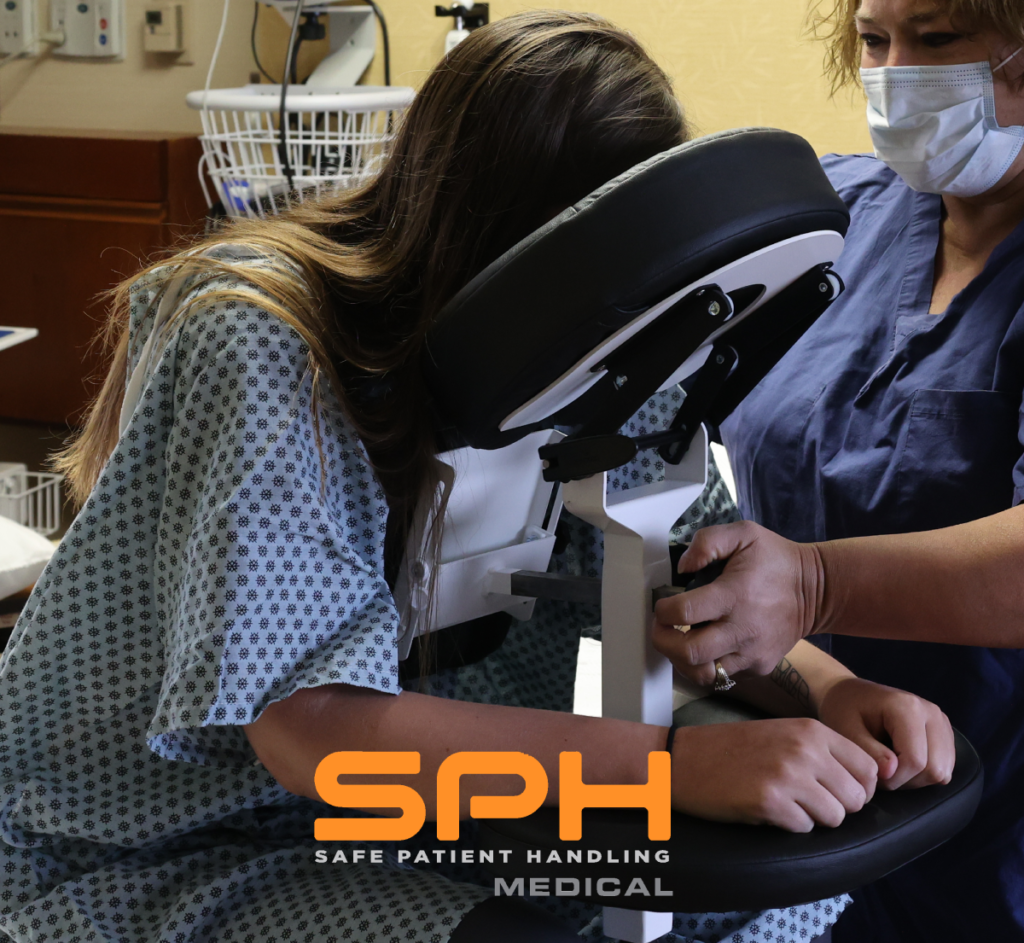
Cost Effective
Despite its advantages, some healthcare professionals may have reservations about purchasing new equipment like the Epidural Chair. Common misconceptions include concerns about the device’s exceeding capital budgets. The non-powered EPD is a simple and easy to use device that has an immediate impact on staff and patient safety. With inflation on everyone’s minds in 2024, hospitals are no different. This is why SPH Medical has continued to keep the cost down on the Epidural Chair so that it can be accessed by all. Volume purchase requests are welcome.
The Epidural Chair; Ease of Use
To maximize the benefits of the Epidural Chair, healthcare facilities are rapidly implementing the EPD. After receiving the EPD, it can be assembled in 5 minutes and with our quick start guide and the inservice video staff are using it the same day. We recommend sharing the EPD resource page on sphmedical.com with team members to help familiarize them with the benefits of the EPD. Staff feedback from the EPD is clear that it an essential safety tool that should be available on every unit where spinal blocks, epidurals, and thoracentesis procedures take place. Once word of mouth starts spreading, staff openly share success stories and other locations in the hospital will want their own EPD!
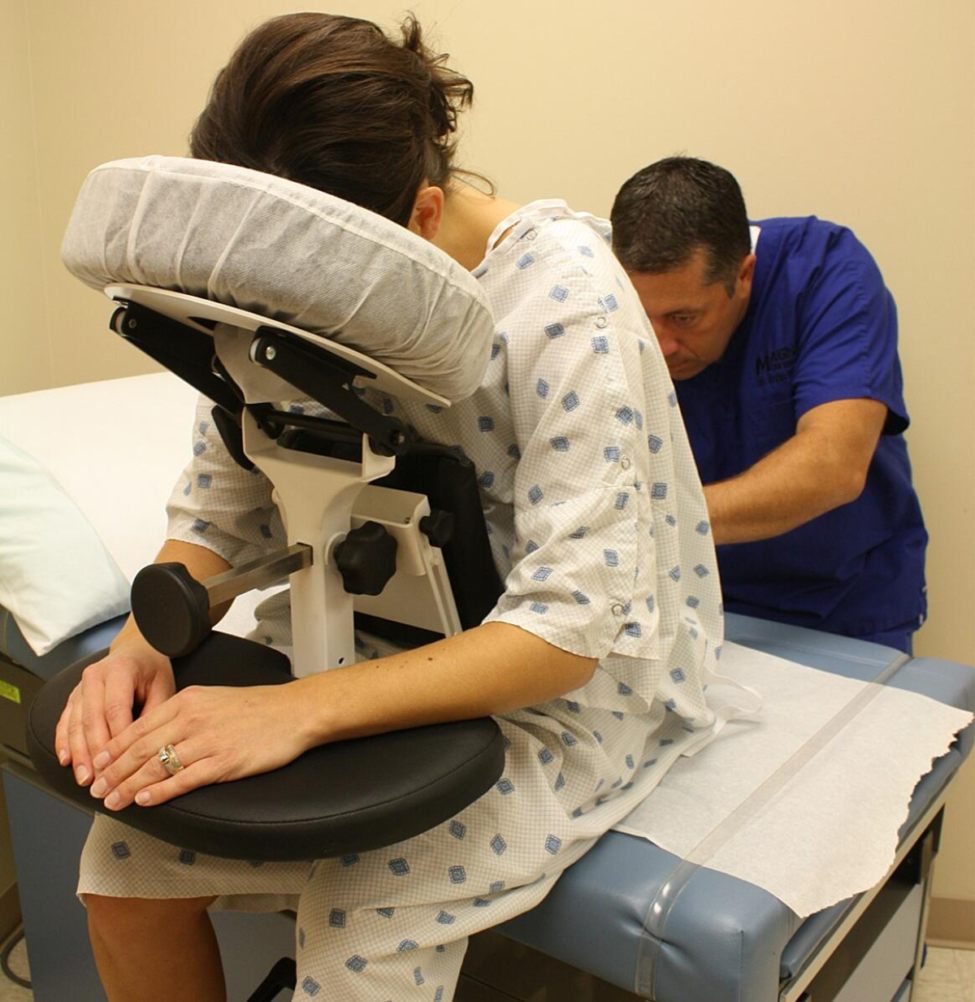
The SPH Medical Epidural Chair offers a multifaceted solution to the challenges faced by healthcare providers and patients during medical procedures. By enhancing patient satisfaction, improving staff safety, and boosting operational efficiency, the EPD stands as a valuable asset in any medical setting. Healthcare facilities are encouraged to consider the integration of the EPD to elevate patient care standards and support the well-being of their staff. As the demands on healthcare services continue to rise, solutions like the Epidural Chair are essential for creating a safer, more efficient, and patient-centered environment.

